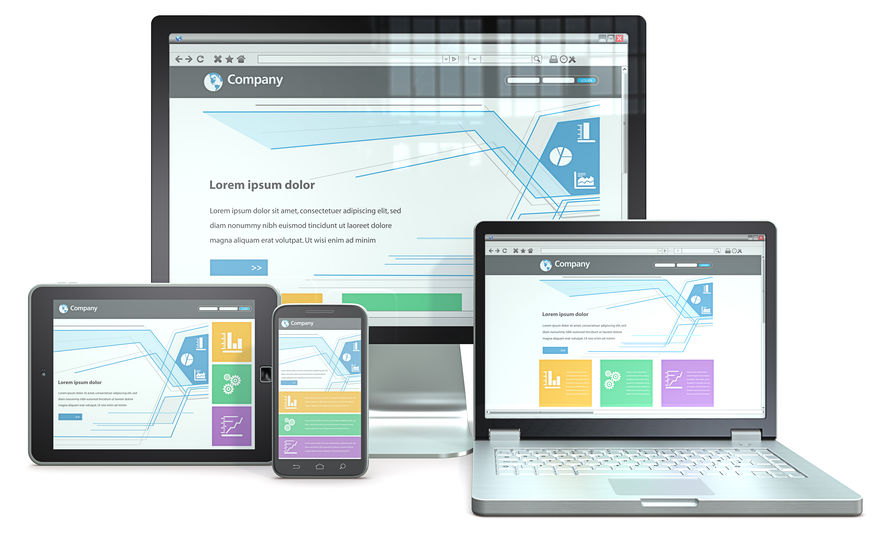Authentication

It is a process to verify or validate the identity of a person or any other entity (organization, device, document or message). This process is implemented during electronic exchanges. It allows control over access to the computer system.
This method is generally based on asymmetric cryptography techniques.This asks users to confirm their identity via a digital signature, an identifier and its associated passwords or any other technical means going in this direction.
The identifier in question may be a user name, a personal identification number (PIN), a license number or another identifier. In these cases, the identifier does not have an associated password.
Authentication is usually used at the beginning, but also during and at the end of an exchange via the computer system. Intervention at the beginning authenticates the user requesting access.
The other two interventions are often used to check the integrity of the content (if it is modified, it is no longer intact) and/or the validity of the digital signature of a received document. As you can see, authentication is an essential feature for the proper functioning of the computer system.
Otherwise, your information system will be subject to harmful manipulations. This criterion must therefore be the first to which you pay attention when choosing a computer system.
Authorization

This is a function that complements the previous one. Authorization is used to define the access rules to the resources of your information system. In a company for example, the human resources staff can be authorized to access the employee archives.
This authorization is only possible thanks to access control rules already integrated into the computer system. In the same way that this function allows certain users to access a certain category of information, it can also deny access to other users.
Once the user is authenticated, authorization is the only barrier between him and the system resources. This function therefore uses the built-in control rules to decide whether the user can really access the resources involved.
The data in question can be of any kind. Of course, the rules can be changed as needed. For example, when an employee no longer works for you, it would not be wise to give him or her access to your information system.
The operating system

The operating system is a set of programs allowing the control of the various components of a computer device (hard disk, screen, processor, memory, etc.). It is such a system that is at the origin of the interface between the user and the computing device.
Without an operating system, your computer system cannot function. This is why it is usually loaded first when starting up the computer hardware (physical equipment).
Since it is a large system that requires a certain performance (speed, security, resistance to viruses, etc.), operating systems such as Linux and Unix are the most suitable.
That said, you may need certain Windows applications for your business to run smoothly. In order for this to be possible, even with the use of Linux or Unix, it will be necessary to carry out a virtualization.
Virtualization is a technology through which you can create a virtual, software-based representation of various resources or objects. Among these are operating systems. If you choose Linux as the operating system of your computer system for example, virtualization will allow you to start Windows from this system.
So you can benefit from all the Windows applications you need.
The storage strategy

Still referred to as a storage strategy, it is a strategy through which you choose how you want to store your information. It will therefore be necessary to identify your data and classify them according to their nature and their value.
This lets you know the amount of space you need, but also the appropriate backup methods. Many parameters such as the RTO (Recovery Time Objective) and the RPO (Recovery Point Objective) will also have to be taken into account.
In general, it is advisable to store your data in various places to avoid disasters in the event of loss. For example, if site A is destroyed, site B will allow you to recover your data.